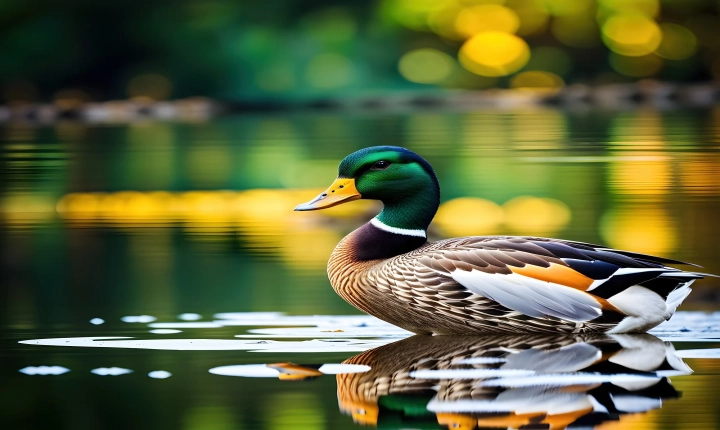Artificial Intelligence (AI) has found its way into numerous tech products, including the cameras we use every day. With the integration of AI, cameras are now able to enhance the way we capture images, recognize scenes, and improve the overall photography experience. In this article, we’ll explore how AI works in cameras, its benefits, and the potential impact it has on photography.
One of the key areas where AI has made significant strides in camera technology is in image recognition and scene detection. By using advanced algorithms, cameras can now identify different elements such as people, animals, landscapes, and even specific objects within a frame. This enables the camera to automatically adjust its settings to optimize the image based on the recognized scene, resulting in better exposure, focus, and color balance. This feature, known as scene recognition, allows users to capture high-quality images without having to manually adjust the settings themselves.
Additionally, AI-powered cameras can also assist photographers in composing better shots by analyzing the scene and providing real-time feedback on framing, composition, and potential improvements. This feature can be particularly helpful for beginners who are still learning the art of photography and may benefit from guidance in capturing more visually appealing images.
Another way that AI enhances cameras is in image processing. Cameras equipped with AI can perform computational photography techniques, such as image denoising, HDR (High Dynamic Range), and image super-resolution, to deliver images with improved clarity, detail, and dynamic range. AI algorithms can also recognize and reduce image distortion, such as lens aberrations and perspective distortions, to produce more accurate and visually pleasing results.
Furthermore, AI has enabled cameras to implement advanced autofocus and tracking capabilities, ensuring that subjects remain in sharp focus, even when in motion. This is particularly useful for capturing fast-moving subjects such as wildlife, sports, or children at play, where precise focus and tracking are crucial to getting a great shot.
Another significant application of AI in cameras is the ability to recognize and categorize images in real-time. For example, cameras in smartphones now use AI to identify and organize photos based on contents, such as photos of pets, food, or landscapes, making it easier for users to quickly search and manage their photo libraries.
The integration of AI in cameras also opens up new avenues for creative expression with features like augmented reality (AR) filters and effects, which can overlay virtual elements onto the real-world scene in the viewfinder, adding an extra layer of creativity and fun to the photography experience.
While AI has undoubtedly brought about substantial improvements in camera technology, it’s important to acknowledge that there are certain concerns and potential drawbacks associated with its integration. Privacy and data security issues may arise when AI-powered cameras are capable of recognizing individuals, locations, or sensitive information. Additionally, there is a possibility of over-reliance on AI for photography, potentially diminishing the skill and artistry of the photographer.
In conclusion, the integration of AI in cameras has revolutionized the way we capture and interact with images. The AI-powered features in modern cameras have significantly improved the overall photography experience, making it more accessible, intuitive, and creative for users. As the technology continues to advance, it’s essential to find a balance between leveraging the benefits of AI and preserving the authenticity and artistic expression in photography.
